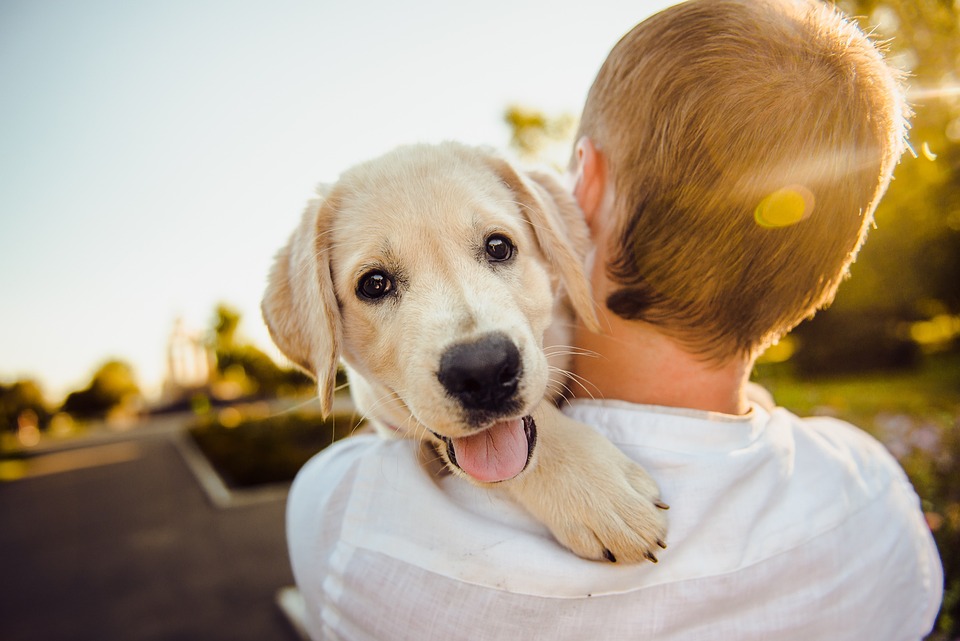Separation anxiety is a common issue faced by many dogs when they are left alone or separated from their owners. It can lead to destructive behaviors, excessive barking, and even self-harm in extreme cases. This article aims to provide a better understanding of the causes of separation anxiety and offers effective solutions to help dogs cope with this distressing condition.
One of the primary causes of separation anxiety in dogs is a lack of socialization. Puppies that were not exposed to different environments, people, and animals may develop anxiety when separated from their owners. Early life experiences and inadequate socialization can contribute to this anxiety.
Traumatic experiences can also trigger separation anxiety in dogs. Dogs who have been abandoned, abused, or rehomed may develop a fear of being left alone. These past experiences can create anxiety when the owner departs.
Sudden changes in routine can also disrupt a dog’s sense of security and trigger separation anxiety. Dogs are creatures of habit, and events like a new job, moving to a new home, or a change in the owner’s schedule can lead to anxiety.
Overdependence on owners can make dogs more prone to separation anxiety. Dogs that excessively rely on their owners for companionship and emotional support may find it difficult to cope when left alone. Lack of independence and overattachment can contribute to separation anxiety.
Fortunately, there are solutions to help dogs with separation anxiety. Gradual desensitization is a technique that involves exposing the dog to short periods of alone time, starting with just a few minutes and gradually increasing the duration. This process allows the dog to build confidence and learn that being alone is not a cause for anxiety.
Counterconditioning techniques can also be effective in reducing separation anxiety. By associating positive experiences with the owner’s departure, such as giving the dog a treat or a special toy, the dog forms positive associations with being alone, reducing anxiety.
Environmental enrichment is another solution that can help alleviate separation anxiety. Providing stimulating toys, puzzle feeders, and interactive games keeps the dog mentally and physically engaged. A mentally stimulated dog is less likely to focus on their anxiety when left alone.
In severe cases, medication prescribed by a veterinarian may be necessary to help alleviate a dog’s anxiety. Additionally, consulting with a professional dog trainer or animal behaviorist can provide expert guidance tailored to the dog’s specific needs.
To address common questions, it is important to look for signs such as excessive barking, destructive behavior, indoor accidents, pacing, and drooling to determine if a dog has separation anxiety. Proper socialization during puppyhood, gradually introducing alone time, and avoiding overdependence on the owner can help prevent separation anxiety. While separation anxiety can affect dogs of any breed, certain breeds may be more prone to developing this condition. The duration of treatment varies depending on the severity of the anxiety and the dog’s response to training and behavior modification techniques. Crate training can be beneficial for some dogs with separation anxiety, but it may not be suitable for all dogs and proper training techniques should be followed.
In conclusion, separation anxiety in dogs can be distressing for both the pet and the owner. However, understanding the causes and implementing appropriate solutions can help alleviate this condition over time. By gradually desensitizing the dog, using counterconditioning techniques, providing environmental enrichment, and seeking professional help when needed, owners can help their furry friends overcome separation anxiety and lead happier, more relaxed lives.









